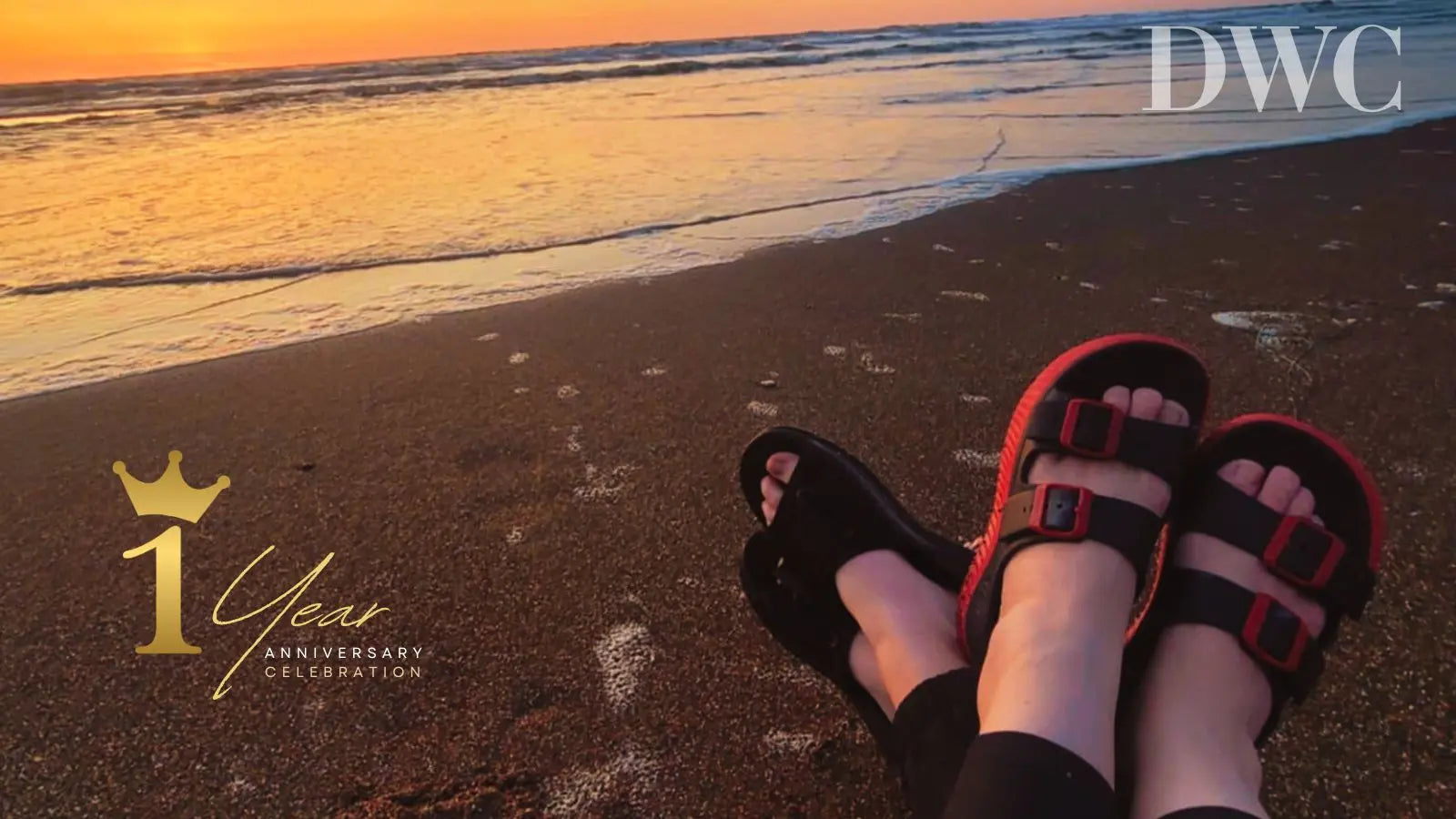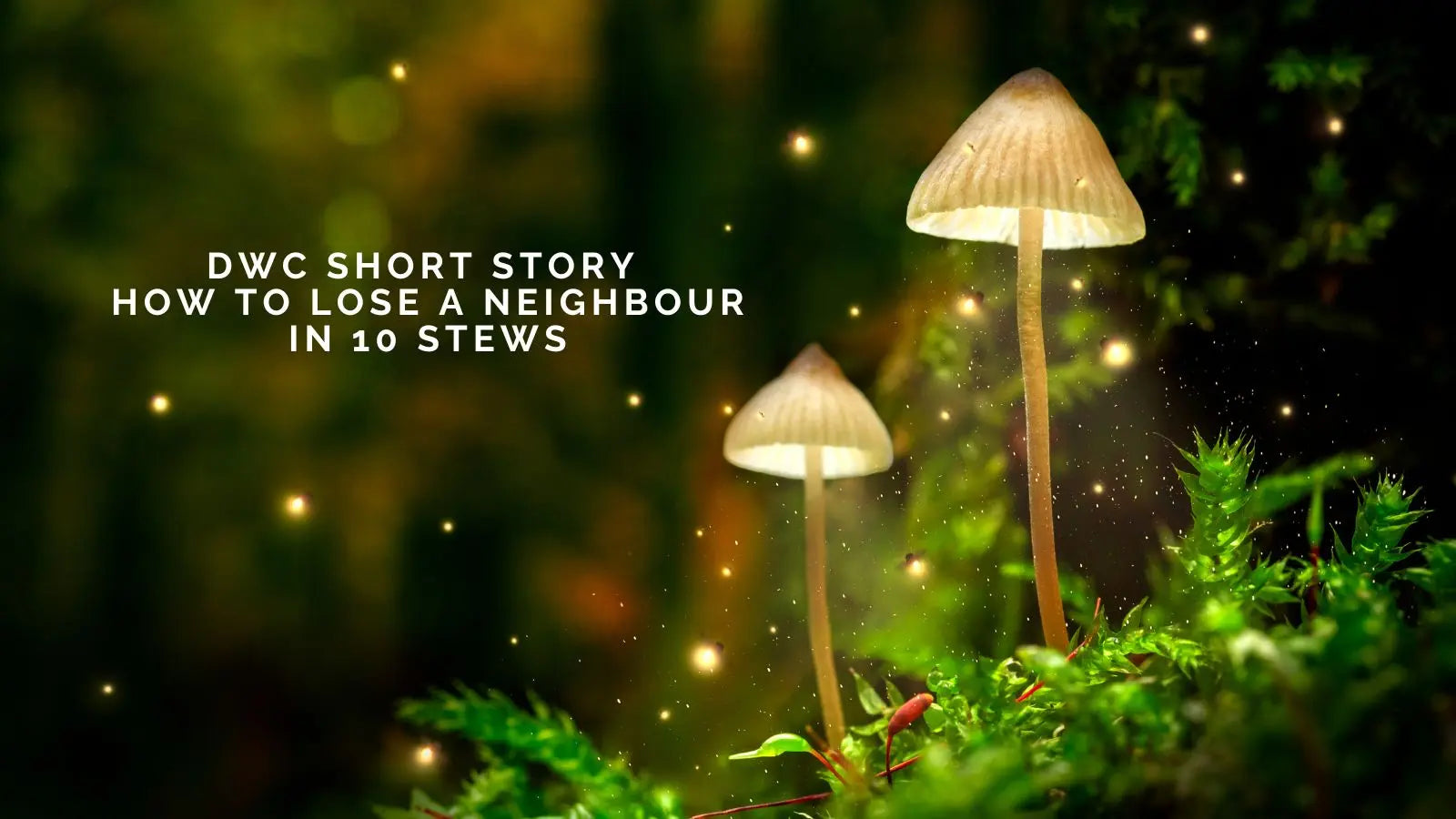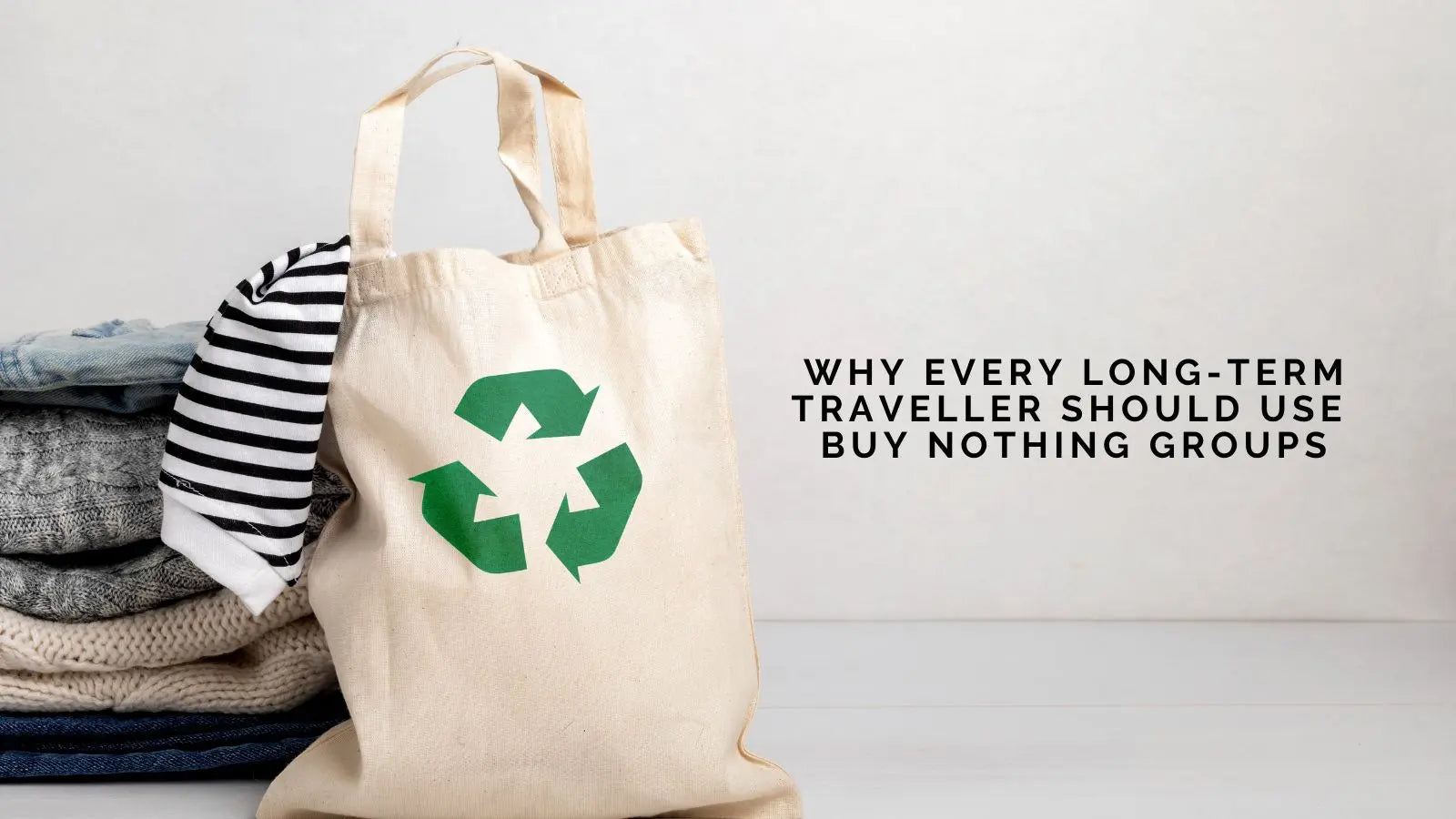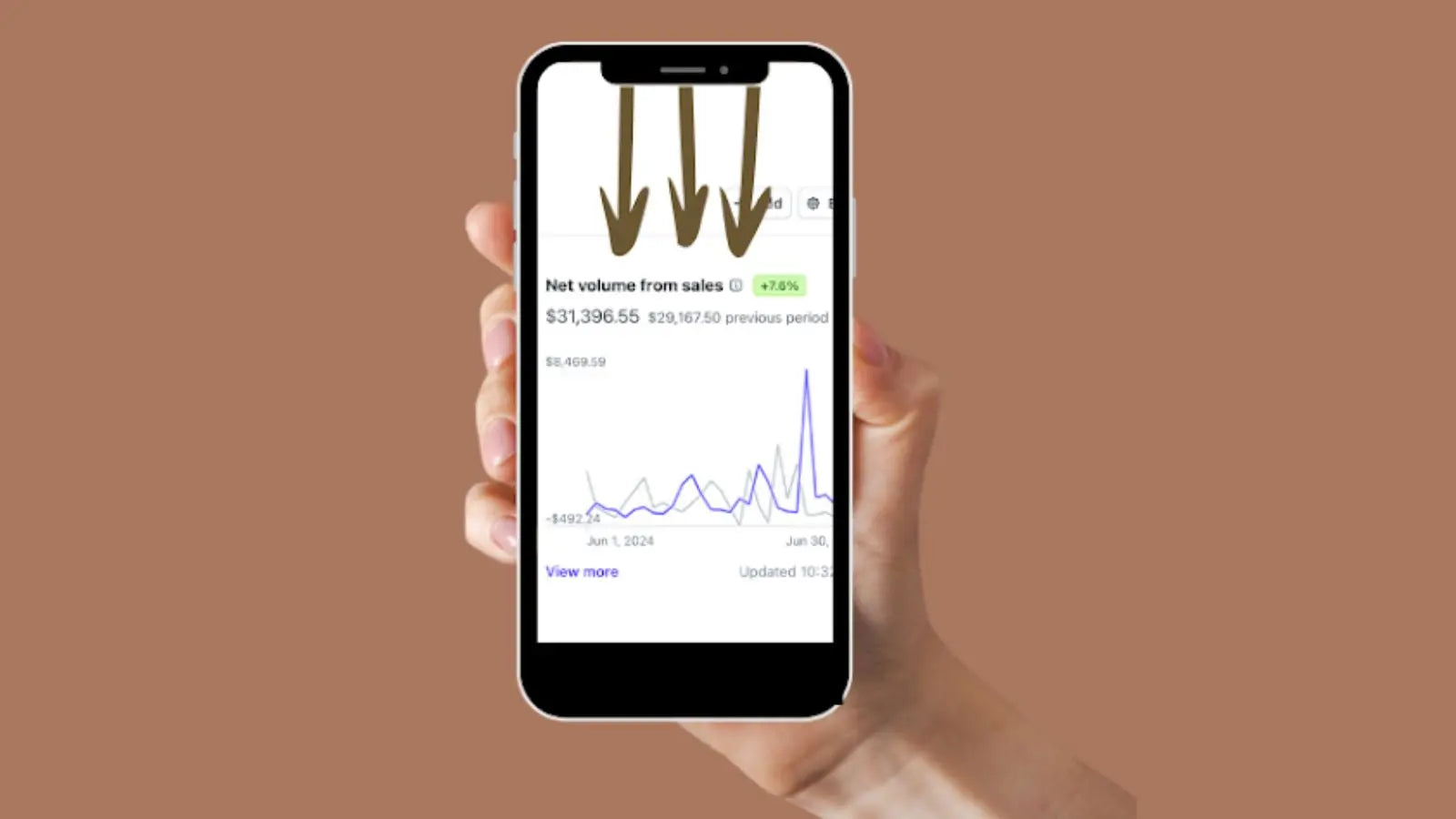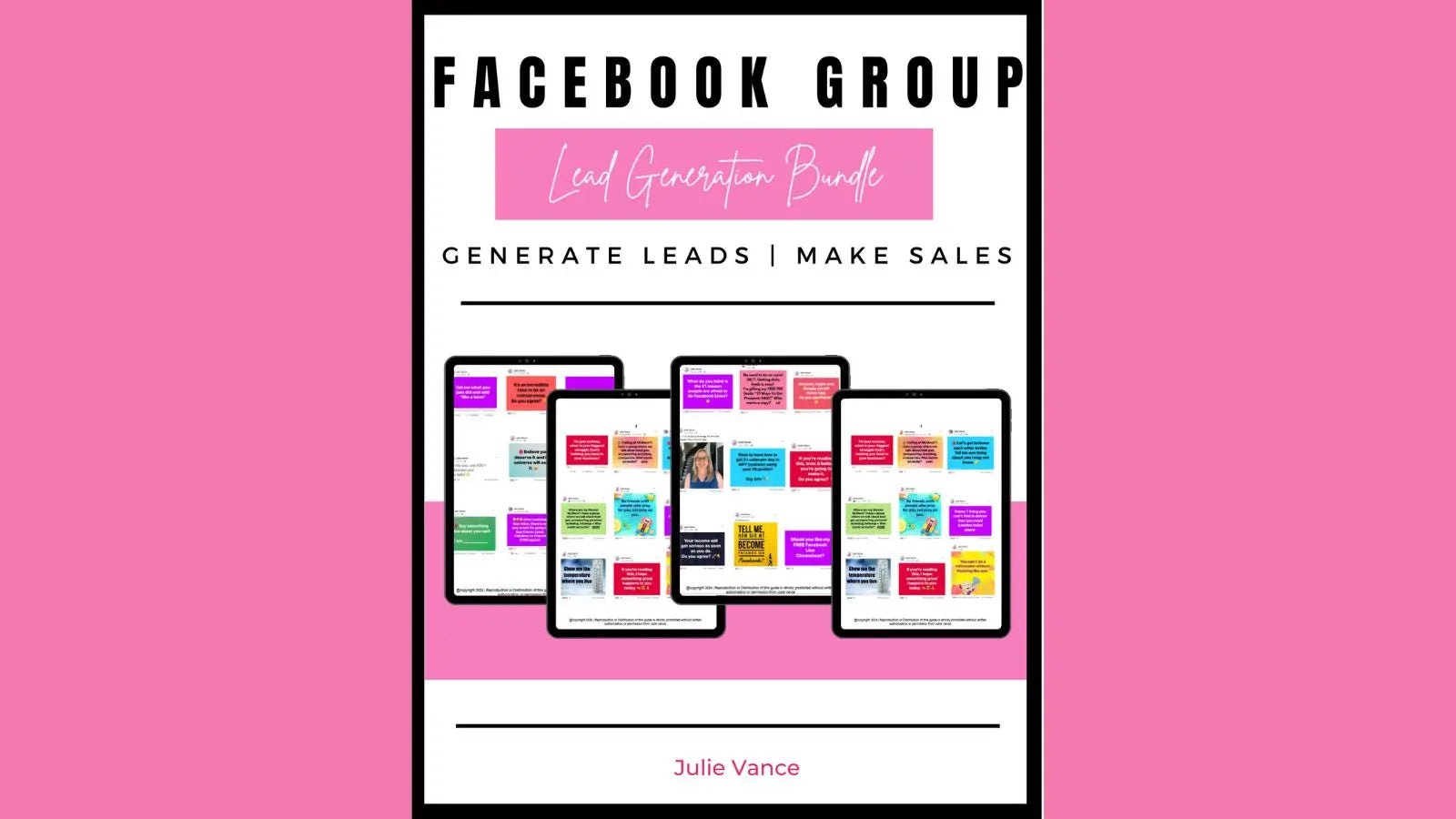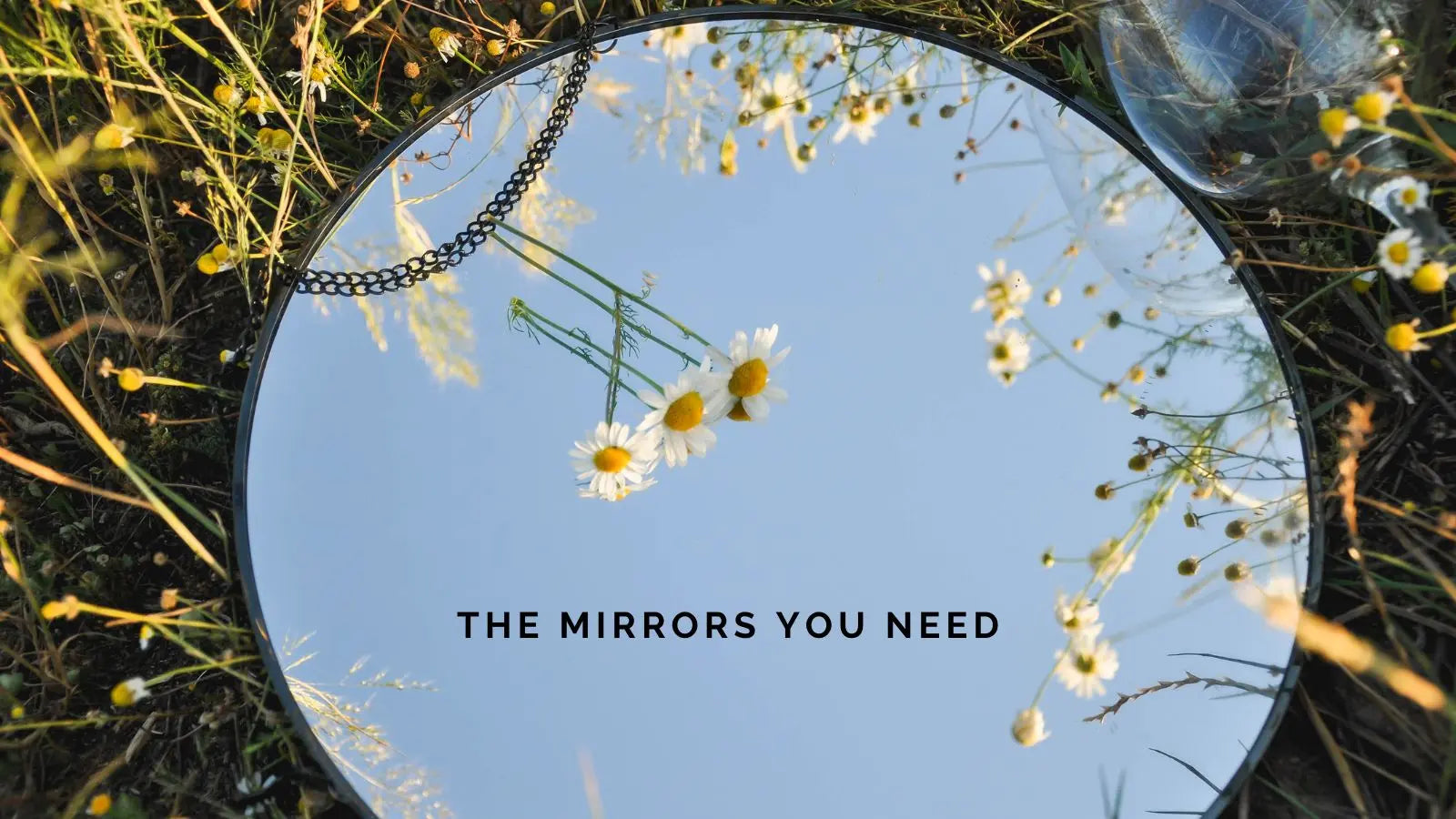
It’s the dream of many: launching a business with nothing but passion, grit, and a Wi-Fi connection. And truthfully? It’s absolutely possible to start a business with zero dollars. Social media has democratised visibility. Free tools abound. Organic reach still exists—if you know how to work it. But here’s the unfiltered truth: at some point, your business will hit a ceiling, and to grow beyond that point, it will become pay-to-play.
This is not a scare tactic. It’s a necessary wake-up call for aspiring entrepreneurs, creators, and small business owners who want longevity, not just virality.
Let’s be clear—there’s nothing wrong with starting small and free. Many of us did.
You can create social media pages, set up a free Linktree, use free Canva templates, and post to your audience daily without spending a dime. You can build a basic presence, start conversations, and even generate your first sales this way. It’s scrappy, it’s authentic, and it’s powerful.
But the idea that your business can sustain and scale indefinitely without investment? That’s the myth that holds too many people back.
As your brand grows, so do your needs. Suddenly, your free Gmail account isn’t cutting it anymore. You want a professional website—but wait, that domain name costs money. Hosting isn’t free. That beautifully branded email newsletter you’ve been dreaming about? Platforms like ConvertKit, Flodesk, or Mailchimp charge monthly fees once your subscriber list hits a certain threshold.
Even this magazine—the one you’re reading right now—comes with real, recurring costs. From web hosting to design tools, email marketing platforms, and even the time it takes to write and format each article, there’s a backend of investment that keeps it alive. And that’s not even including things like marketing, ads, or affiliate management systems.
Here's a breakdown of some typical costs small business owners encounter:
Website Hosting
Domain Name
Email Marketing
Design Tools
Scheduling Tools
Business Software
Ads Budget
Education
These aren’t luxuries—they’re infrastructure.
Another hard truth? Many people expect to get promoted, featured, or shared without offering anything in return—not even a thank-you. While collaboration and mutual support are beautiful, there’s an underlying assumption that exposure should be free, even when it costs the platform time, money, and energy to give it.
If you’re asking someone to feature your product in their magazine, podcast, or platform, understand that they’ve invested in building that stage—and keeping it running isn’t free. Value that.
Here's the difference between people who dabble in business and those who build businesses: the builders are willing to reinvest. They understand that growth takes capital, even if it starts small.
They might run a $100 ad campaign to test a new product. They might spend $20/month on a better email platform to nurture their list. They might pay for branding that communicates value at first glance. And the payoff? Faster, more sustainable growth.
It’s not because their ideas are better—it’s because they’re investing in systems, tools, and people that multiply their efforts.
You don’t have to go broke to grow. But you do need to plan for the shift from free to funded. Start asking yourself:
What tools or systems are slowing me down?
If I invested $50–$100 a month into my business, what would I prioritise?
How long can I afford not to make that investment?
The beauty of today’s digital world is that anyone can start a business with zero dollars—but that doesn’t mean the journey is cost-free. At some point, your dream will require you to put skin in the game. Not because the world is unfair, but because business, like anything worth building, comes with maintenance costs.
So keep dreaming. Keep building. And when the time comes to invest—whether in hosting, marketing, or mentorship—do it boldly.
That’s not selling out.
That’s leveling up.

